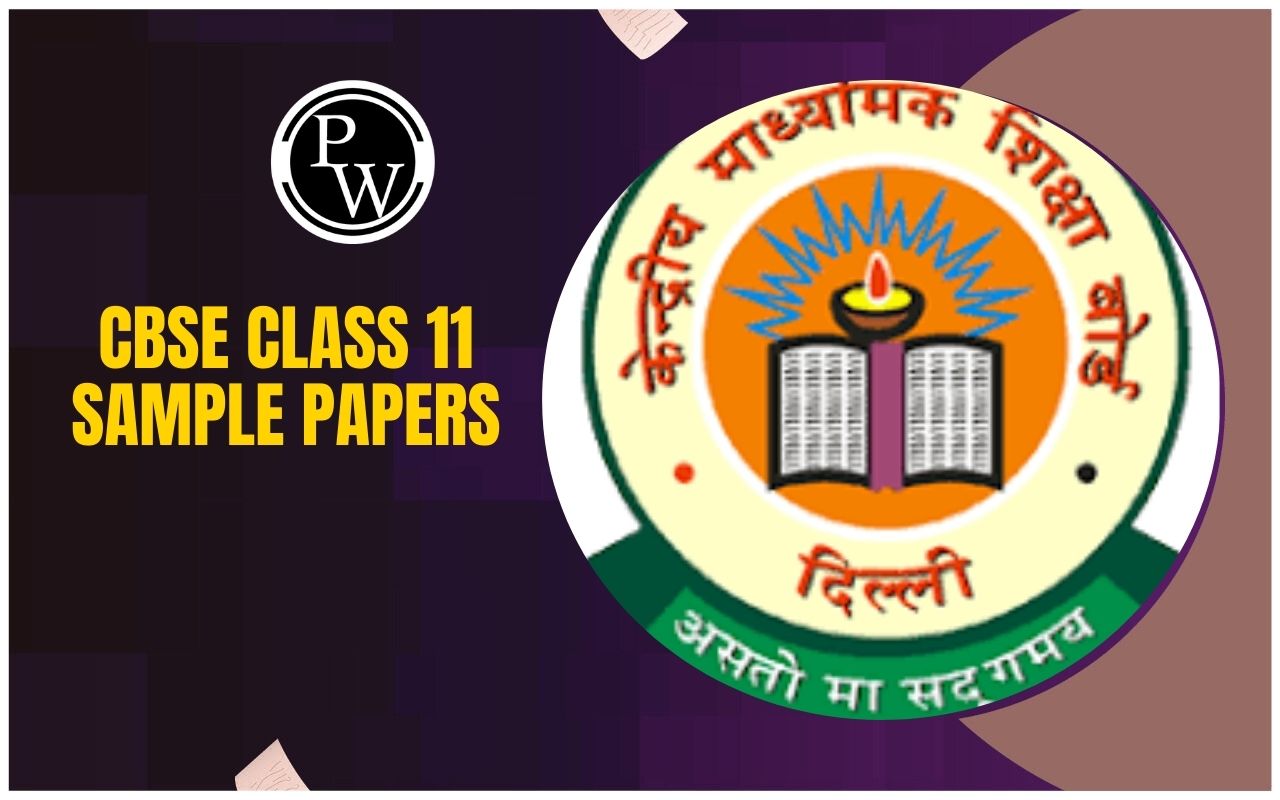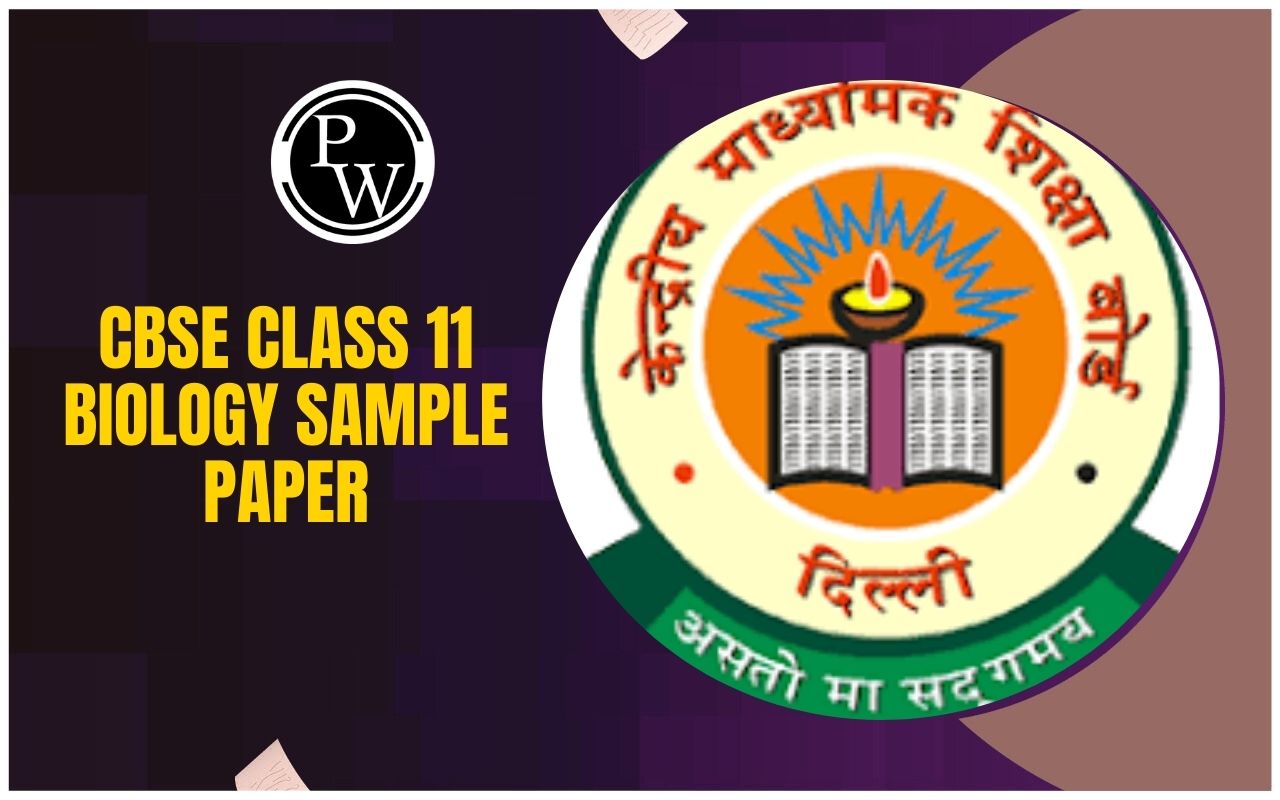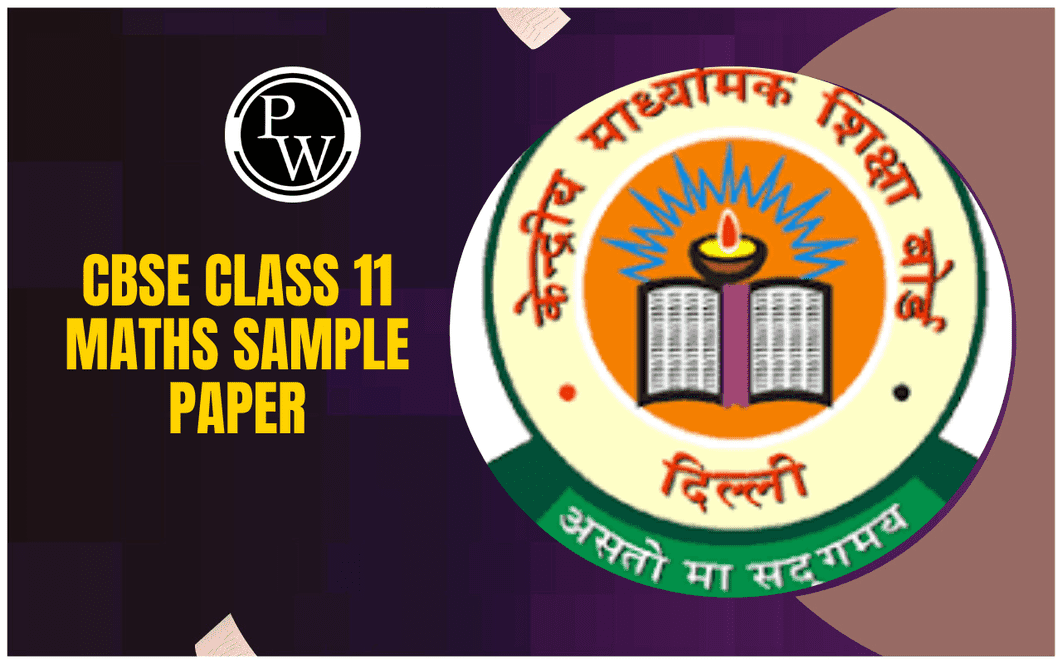
Important Questions for Class 11 Physics Chapter 5: Class 11 Physics Chapter 5, "Work, Energy, and Power," focuses on the fundamental concepts of energy and its transformations. Key topics include the definition of work, the work-energy theorem, kinetic and potential energy, and the law of conservation of energy.
The chapter also covers the concepts of power, including its formula and units, and how energy is transferred in mechanical systems. Important questions often include derivations of key formulas, applications of the work-energy theorem, calculating work done in various scenarios, and problems involving the conservation of mechanical energy. The chapter forms the foundation for understanding energy dynamics in physics.Important Questions for Class 11 Physics Chapter 5 Overview
Chapter 5 of Class 11 Physics, Work, Energy, and Power, is fundamental for understanding the basic principles of mechanics. Key topics include the concepts of work, energy, and power, and their interrelationships. Important questions from this chapter often cover work done by a force, kinetic and potential energy, the work-energy theorem, and conservation of energy. These concepts are critical not only for exams but also for practical applications in real-world physics problems. Mastery of these topics is essential for solving problems related to motion, energy transformations, and efficiency, which are foundational for higher studies in physics and engineering.Important Questions for Class 11 Physics Chapter 5 PDF
Below, we have provided a PDF of important questions for Class 11 Physics Chapter 5 Work, Energy, and Power. These questions are designed to help you strengthen your understanding of key concepts and perform well in exams. Download the PDF to access a curated list of questions that cover various topics within the chapter. Prepare effectively and boost your learning with this useful resource!Important Questions for Class 11 Physics Chapter 5 PDF
Important Questions for Class 11 Physics Chapter 5 Work, Energy and Power
Below is the Important Questions for Class 11 Physics Chapter 5 Work, Energy and Power - 1. If two bodies stick together after collision, will the collision be elastic or inelastic?Ans : If two bodies stick together after the collision the collision will be an inelastic collision.
2. When an air bubble rises in water, what happens to its potential energy?Ans: When an air bubble rises in water, the potential energy of the air bubble decreases because work is done by upthrust on the bubble.
3. A spring is kept compressed by pressing its ends together lightly. It is then placed in a strong acid and released. What happens to its stored potential energy?Ans: When Spring is kept compressed by pressing its ends together lightly and further placed in strong acid and released, the loss in potential energy appears as kinetic energy of the molecules of the acid.
4. Define the triple point of water.Ans: Triple point of water indicates the values of pressure and temperature at which water co-exists in equilibrium in all the three states of matter.
5. State Dulong and Petit law.Ans: According to Dulong and Petit law, the specific heat of all the solids is constant at room temperature and is equal to 3R.
6. Why are the clock pendulums made of invar, a material of low value of coefficient of linear expansion?
Ans: The clock pendulums are made of Inver as it has a low value of α (coefficient of linear expansion) i.e., for a small change in temperature, there won’t be much change in the length of the pendulum.
7. Why is mercury used in making thermometers?
Ans: Mercury is used in making thermometers as it has a wide and useful temperature range and has a uniform rate of expansion.
8. How would a thermometer be different if glass expanded more with increasing temperature than mercury?
Ans: If glass expanded more with increasing temperature than mercury, the scale of the thermometer would be upside down.
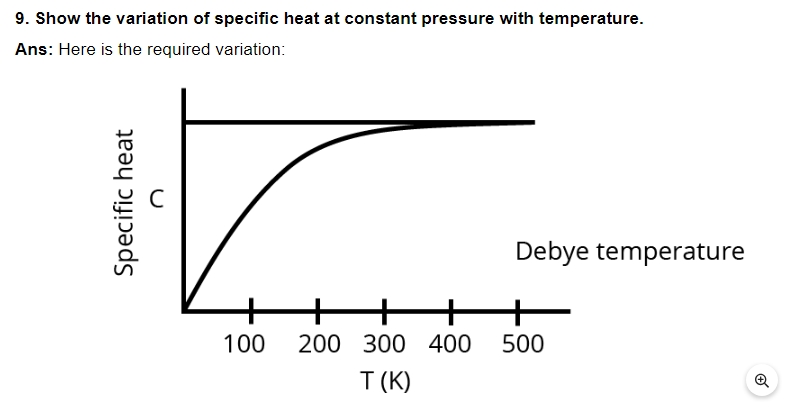
10. Two thermometers are constructed in the same way except that one has a spherical bulb and the other an elongated cylindrical bulb. Which one will respond quickly to temperature change?
Ans: The thermometer with a cylindrical bulb will respond quickly to temperature changes as the surface area of the cylindrical bulb is greater than that of a spherical bulb.
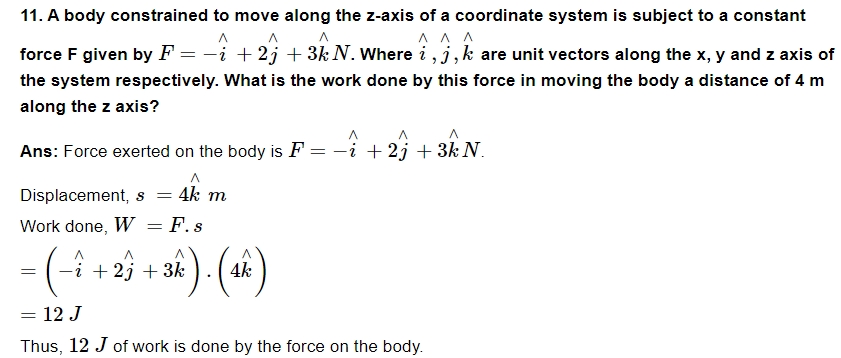
12. A molecule in a gas container hits a horizontal wall with speed and angle 30° with the normal, and rebounds with the same speed. Is momentum conserved in the collision? Is the collision elastic or inelastic?
Ans. The collision is elastic, really. Whether the collision is inelastic or elastic, the gas molecule's momentum is conserved. The gas molecule travels at 200 m/s, collides with the container's stationary wall, and then bounces back at the same speed. This demonstrates that the wall's rebound velocity stays at zero.
As a result, during the impact, the molecule's whole kinetic energy is preserved. An elastic collision is exemplified by the above collision.
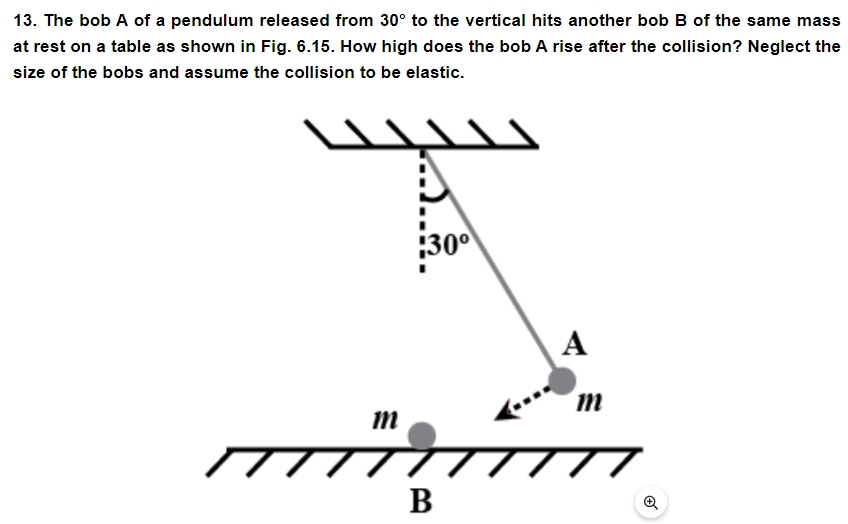
Ans. Bob A refuses to get up. When two equal masses collide elastically, one of which is stationary and the other is moving with some velocity, the stationary mass gains the same velocity while the moving mass instantly stops moving after the contact.
In this case, the travelling mass completely transfers its momentum to the stationary mass. Therefore, when bob A of mass m collides with bob B of equal mass, bob A will come to rest, and bob B will travel at the same speed as bob A at the moment of impact.
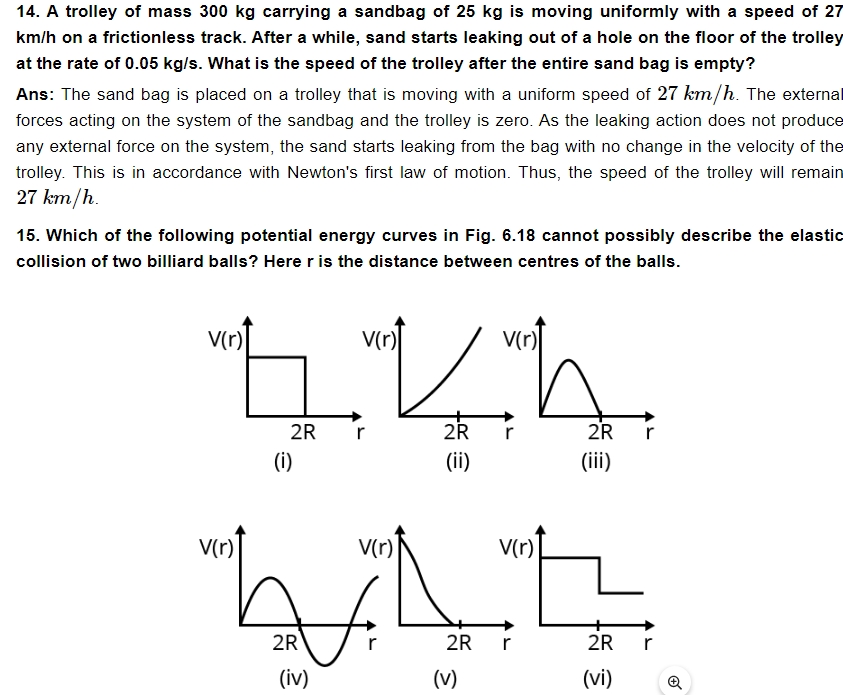
Ans: The elastic collision of two pool balls cannot be described by (i), (ii), (iii), (iv), and (vi) based on the figure provided in the question. We are aware that the distance between two masses in a system is inversely proportional to its potential energy.
Here, as the two balls get closer to one another, the system's potential energy will diminish. When the two balls come into contact with one another, or at r = 2R, where R is the radius of each pool ball, it will become zero (i.e., V(r) = 0). These two requirements are not met by the potential energy curves shown in figures (i), (ii), (iii), (iv), and (vi). The elastic collisions between them are therefore not described by them.
Short Answer Questions
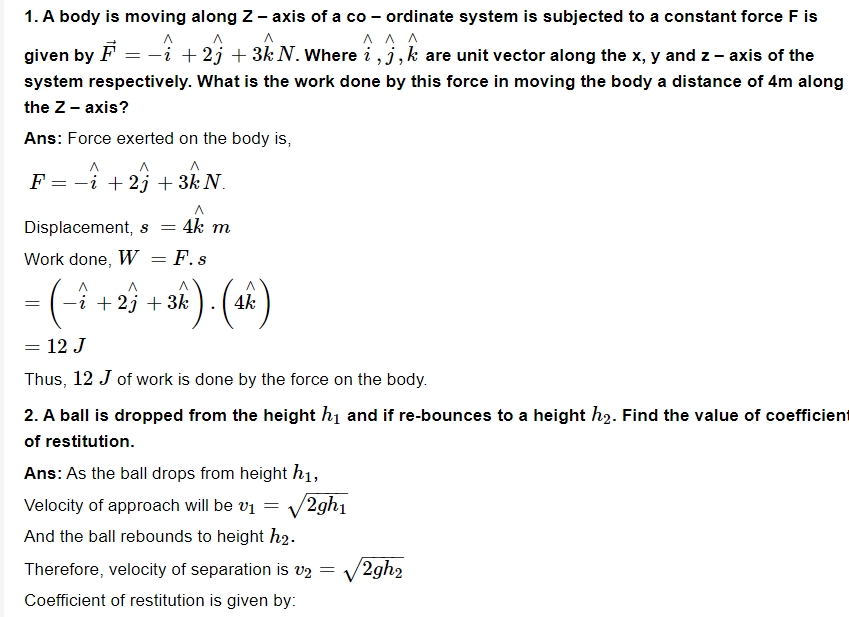
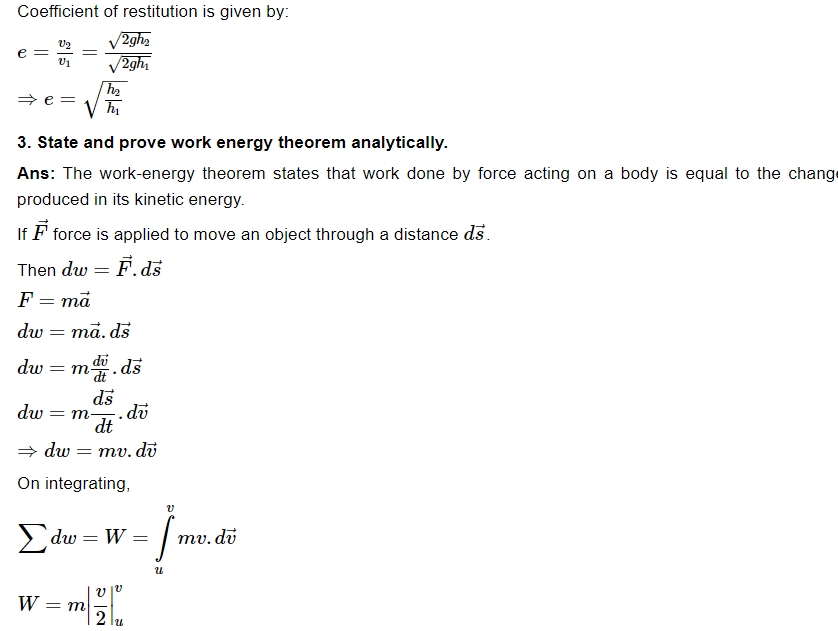

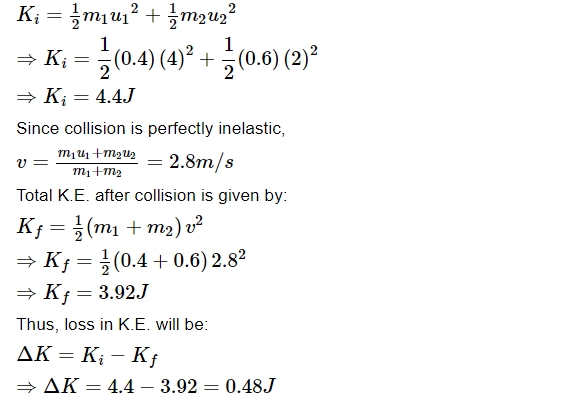
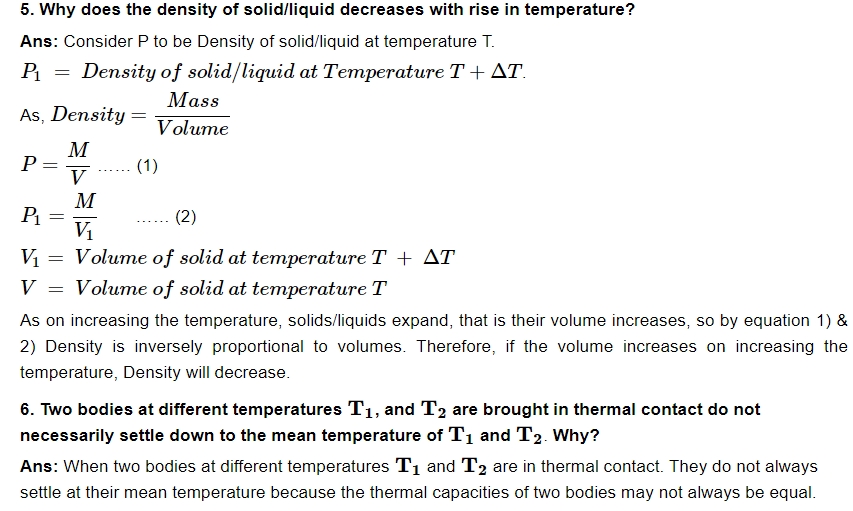

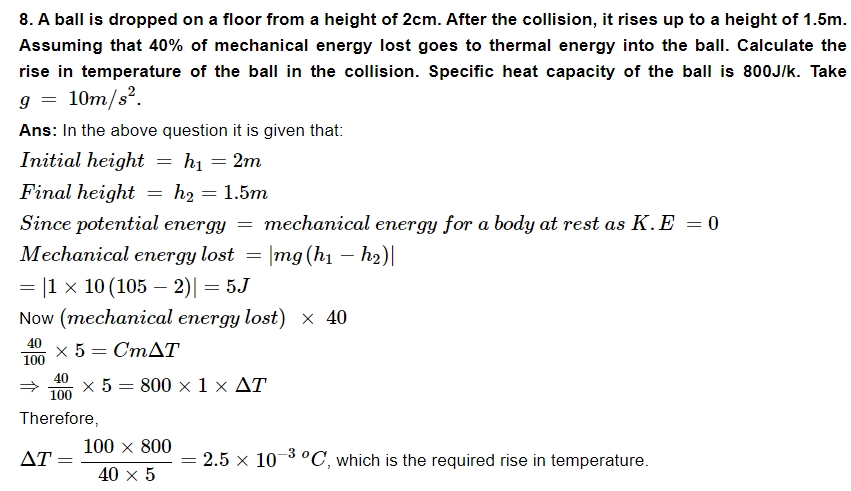
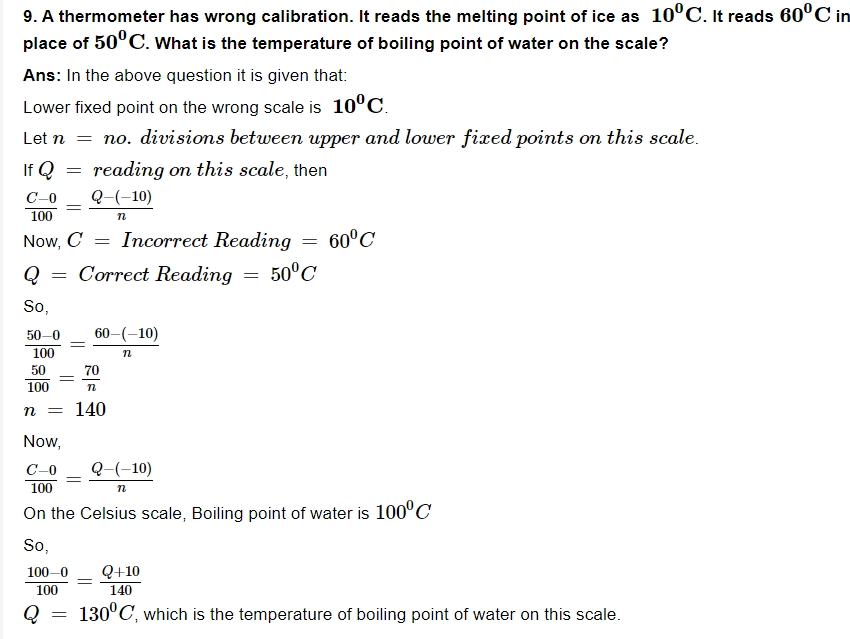
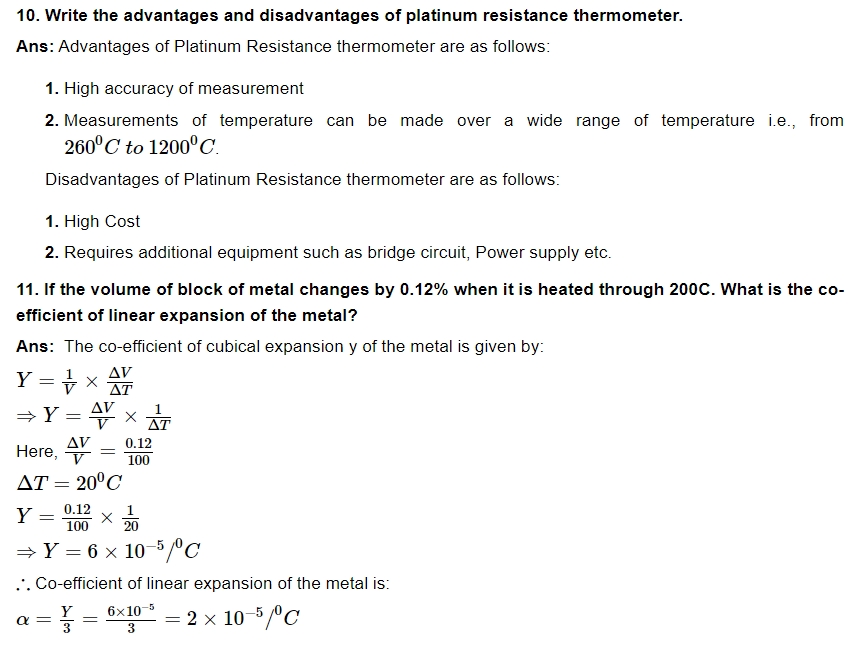
Benefits of Using Important Questions for Class 11 Physics Chapter 5
Using important questions for Class 11 Physics Chapter 5 (Work, Energy, and Power) offers several benefits for students:Focused Preparation : Important questions typically cover key concepts and frequently tested topics, ensuring that students focus on the most relevant material for exams. This helps in maximizing the study time.
Better Understanding : Practicing these questions helps students understand the practical application of theoretical concepts like work, kinetic energy, potential energy, conservation of energy, and power. This solidifies their grasp on the subject.
Improved Problem-Solving Skills : Many important questions require students to apply formulas and concepts in different scenarios. This enhances problem-solving abilities and prepares them for both theoretical and numerical questions in exams.
Boosts Exam Confidence : Regularly practicing important questions boosts confidence as students become familiar with the exam pattern and types of questions they may encounter, reducing exam anxiety.
Time Management : Important questions can help students learn how to allocate time efficiently during exams. By practicing various types of questions, they get a better sense of how much time to spend on each question, which is essential for managing exam duration.
Better Exam Performance : By practicing important questions, students identify common pitfalls and tricky areas within the chapter. This leads to better performance by avoiding common mistakes and ensuring a deeper understanding of the material.
Important Questions for Class 11 Physics Chapter 5 FAQs
Why is work energy and power important?
What is a real life application of work energy and power?
Is power work done per time?
What is the aim of work and energy?






